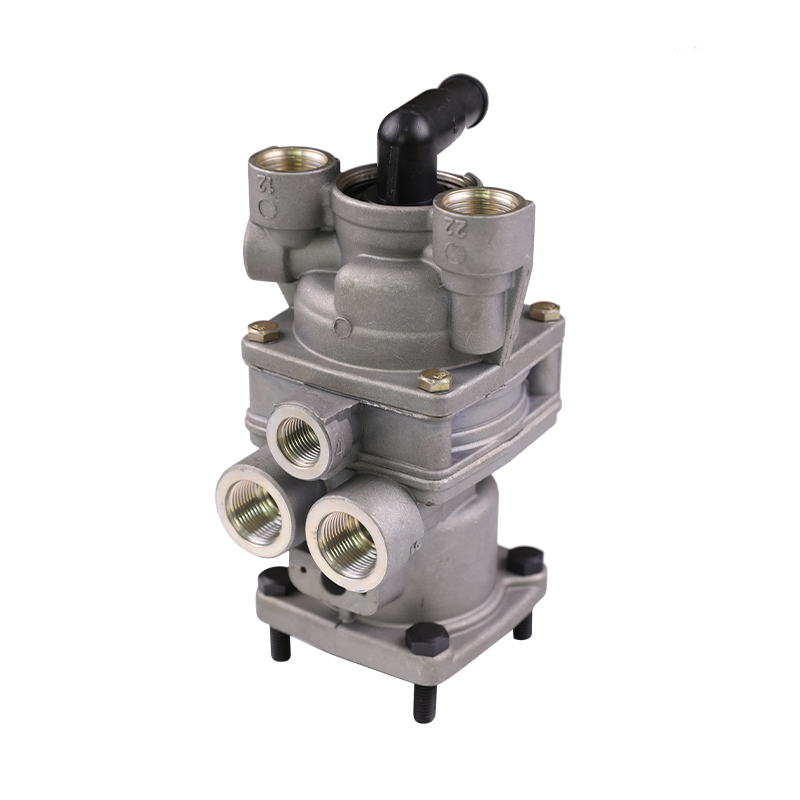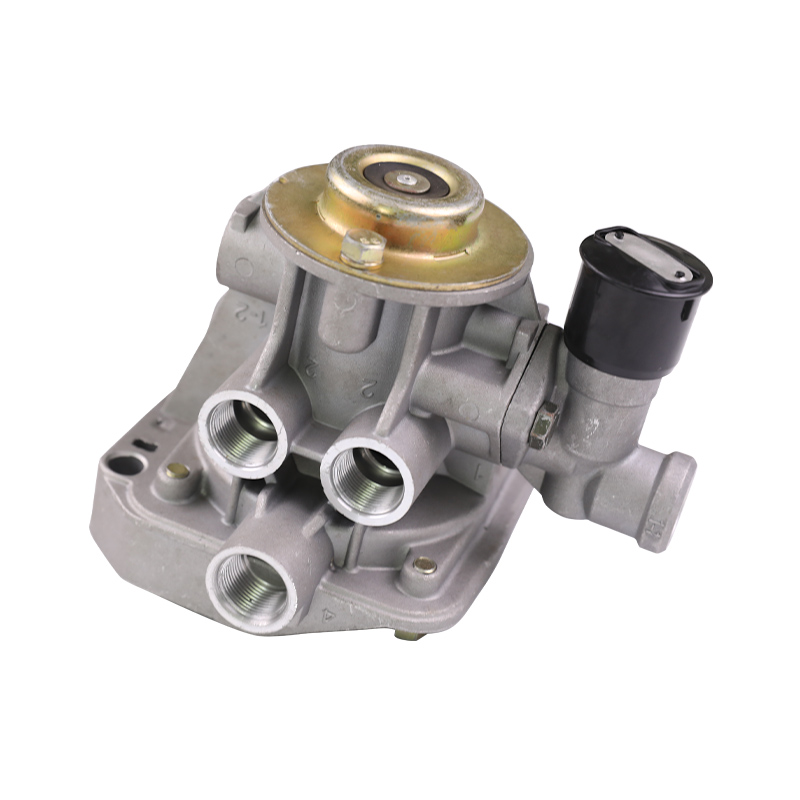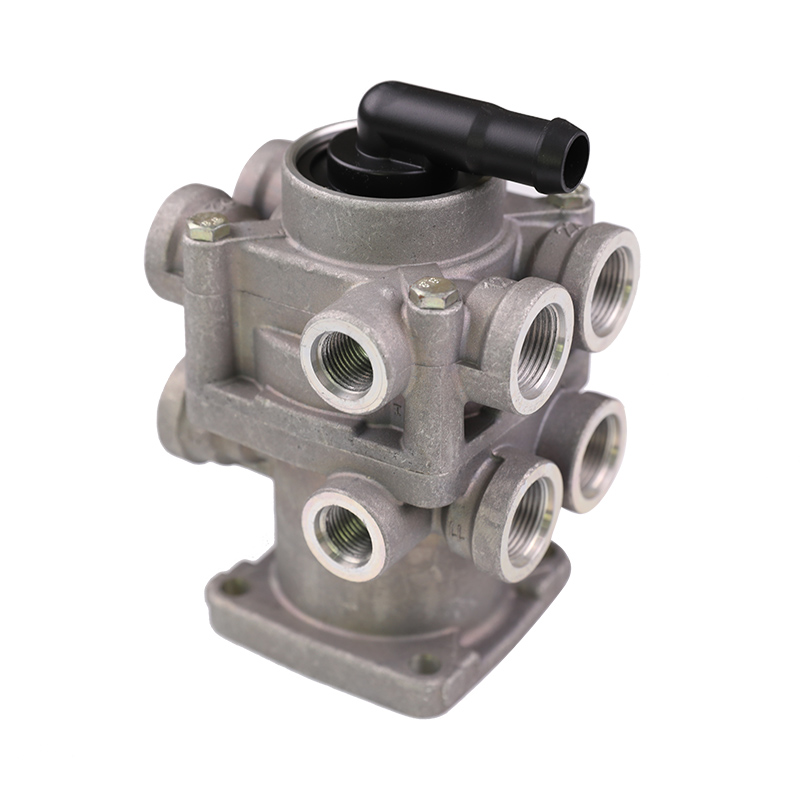Parking release valves play a vital role in hydraulic systems, especially in automotive and heavy machinery applications. Their core function is to regulate the pressure of the brake system to ensure that the vehicle can be safely locked when stationary. However, parking release valves may leak during actual use, which not only affects the overall performance of the equipment, but also may cause safety hazards. Therefore, it is particularly important to have a deep understanding of the causes of parking release valve leakage.
One of the main factors that cause parking release valve leakage is the aging of seals. Seals play a vital role in parking release valves, mainly responsible for preventing the leakage of hydraulic oil. As the use time increases, seals are affected by a variety of factors and gradually age. These factors include temperature changes and chemical corrosion. During the operation of the hydraulic system, the temperature of the hydraulic oil will fluctuate, and this temperature change will cause the expansion and contraction of the seal material. Under long-term high temperature conditions, the elasticity of the sealing material will gradually decrease, eventually leading to seal failure. In addition, hydraulic oil may contain a variety of chemicals, which react with seals and may cause a decrease in their physical properties. At the same time, during the operation of the hydraulic system, the friction between the seal and the valve body will also cause wear on the sealing surface, forming a gap, which will cause leakage.
Mechanical wear is also an important cause of leakage in the parking release valve. The valve body and valve core inside the parking release valve have experienced frequent opening and closing and pressure changes in long-term use. This mechanical movement will cause a series of problems. The contact surface between the valve body and the valve core gradually wears under high-frequency movement, causing the originally tight contact to become loose, thus forming a leakage channel. At the same time, the connectors between the parking release valve and other parts of the hydraulic system may also wear out in long-term use, resulting in loose connections, which in turn causes leakage.
The standardization of the installation process is crucial to the normal operation of the parking release valve. Improper installation may cause a series of problems. For example, when installing the parking release valve, if it is not installed according to the torque specified by the manufacturer, it may cause poor sealing between the valve body and the connector, resulting in leakage. In addition, some parking release valves need to follow a specific direction when installing. If the direction is wrong, it may cause poor flow of fluid in the valve, causing leakage. In addition, if the sealing gasket is not used or the gasket is damaged during installation, it will also cause leakage of hydraulic oil.
The quality of hydraulic oil directly affects the performance of the park release valve. Hydraulic oil contamination is another important factor that causes leakage. First, if there are impurities or particles in the hydraulic oil, it will cause wear on the seals, reduce their sealing performance, and eventually cause leakage. Secondly, the mixing of water in the hydraulic oil will cause the oil to emulsify, affecting its lubrication performance and may cause corrosion and damage to the seals. Therefore, keeping the hydraulic oil clean and in good condition is an important measure to ensure the normal operation of the park release valve.






